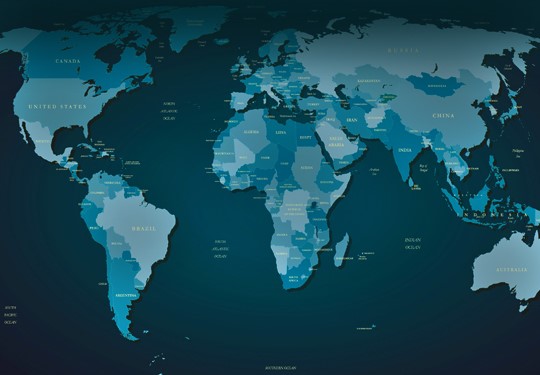One of the world’s most respected air carriers launched an Office of the Future initiative. The goals of this initiative were to achieve higher levels of employee productivity, flexibility, and internal communications. The project, sponsored by the senior vice president of Human Resources and supported by the corporate IT staff, involved ten major workforce groups (e.g., flight operations, cabin crew, engineering, and customer affairs).
The specific objectives of the Office of the Future initiative were:
- Create a “virtual office” that encompassed all of the information and IT capabilities that employees needed to perform their jobs. This objective required many significant business process and technology changes—from more precise end-user role definitions to greater levels of integration of their various software applications and systems.
- Support and enable the “virtual office” by evolving toward a knowledge-centric organization. Some of the important elements included globally networked collaborative communities, enterprise-wide search capabilities, and the governance structures necessary for promoting enterprise-wide knowledge sharing.
- Provide ubiquitous access, where required. This objective implied a number of technical implementations, including a browser-based application interface, access for mobile and handheld devices, and a web-accessible document repository.
The airline recognized that it didn’t have the expertise internally to conduct this initiative and looked outside the company for consulting help. Iknow and a systems integration partner were selected to perform this work.
During this initial assignment, Iknow delivered a high-level business requirements document, a solution architecture, an organizational and governance model, an implementation roadmap, and a business case. Iknow started with a current-state assessment to understand the company’s existing business processes and the various software applications in use. The project team then performed a series of detailed business analyses. Specifically, the team documented the functional and content requirements needed for the Office of the Future, developed a set of comprehensive technical requirements and various future-state hardware and software options, and identified the governance requirements and optimal organizational model to support the Office of the Future. Based on these analyses, the business case was developed and a high-level program plan and implementation roadmap were created.
An Office of the Future framework was created that identified and integrated the business processes of the ten workforce groups, the content needs for each group, and the enabling technologies into a coherent whole. The detailed roadmap was used to guide executive management through this large, multiyear effort and the business case was used to support funding decisions.


